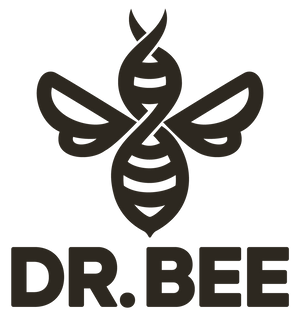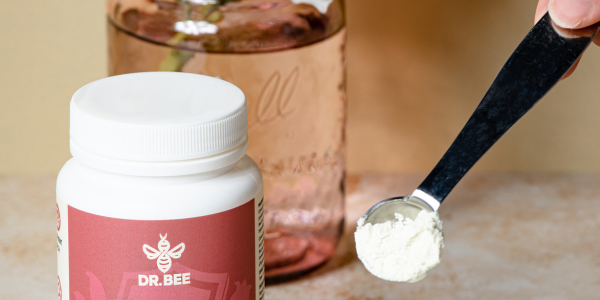Only young nurse bees that have not transitioned to nectar foraging and honey production can produce royal jelly. Royal jelly is secreted from glands in the heads of these nurse bees. Royal jelly is fed to all bee larvae for the first three days of their life cycle. Only the larvae chosen to become the queen bee continue to be fed royal jelly past the third day.
For human consumption, beekeepers must mimic the conditions of natural queen rearing to encourage worker bees to create more royal jelly. When a hive is in need of a new queen, worker bees will create queen cells which are larger and more elongated in shape than a regular honeycomb cell.




